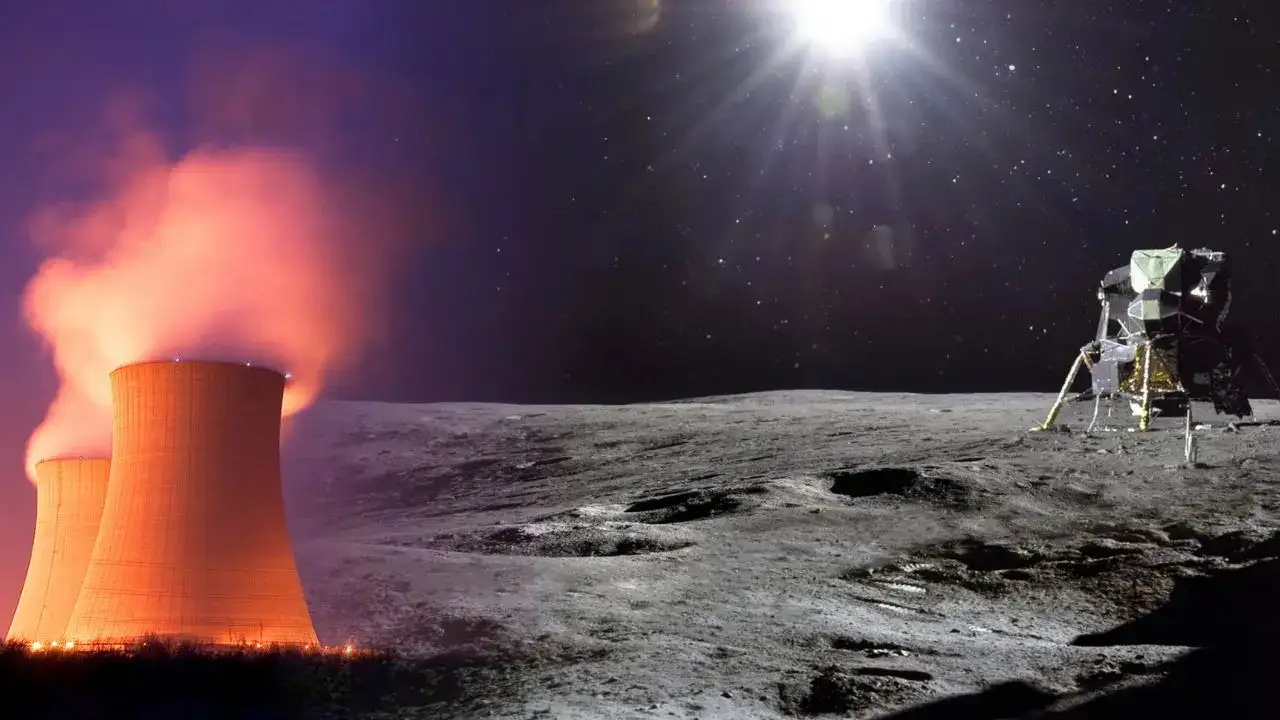The United States is fast-tracking the development of a nuclear fission reactor for deployment on the Moon, a strategic move aimed at cementing America’s lead in what officials are calling the second space race.
According to a report by Politico, acting NASA Administrator Sean Duffy has issued new directives to prioritize building a 100-kilowatt reactor that could power a lunar base by 2030. The goal is to surpass rival efforts by China and Russia, both of whom are actively pursuing lunar infrastructure projects.
“This is about winning the second space race,” a senior NASA official was quoted as saying.
The reference harks back to the historic space race of the Cold War era, in which the U.S. triumphed by landing Apollo 11 astronauts on the Moon in 1969. But this new race is not about flag-planting — it’s about energy, infrastructure, and permanent human presence on the lunar surface.
Why a Nuclear Reactor?
Unlike Earth, the Moon experiences extended nights that last up to 14 Earth days, making solar power unreliable for long-term operations. That’s why NASA is pursuing nuclear energy, which could provide uninterrupted power to support habitats, research labs, and communication systems.
The proposed fission surface power system would deliver 100 kilowatts of electricity — enough to support a full-scale human base. By comparison, earlier prototypes like Kilopower were designed for only 40 kilowatts.
Also Read; Media Urged to Foster Unity and Safeguard Data
NASA plans to award contracts for the reactor design soon, with clear benchmarks:
- A lead program official to be appointed within 30 days
- Competitive proposals from industry partners to be solicited within 60 days
- Full deployment and operation on the Moon by the end of the decade
This effort comes amid growing concern that China and Russia could establish territorial zones on the Moon through their International Lunar Research Station — potentially blocking access to key lunar regions.
With China already targeting 2030 for its first crewed Moon landing, and Russia’s Luna missions resuming, the U.S. sees nuclear power as both a scientific and strategic necessity.
The Moon reactor project is expected to work in tandem with NASA’s ongoing Artemis program, which aims to land astronauts near the lunar south pole and lay the groundwork for a sustained presence. The mission plans to include the first woman and person of color to walk on the Moon, with a potential landing as early as 2027.
Looking further ahead, space policy experts say the Moon could serve as a launchpad for deeper exploration — including potential manned missions to Mars.







